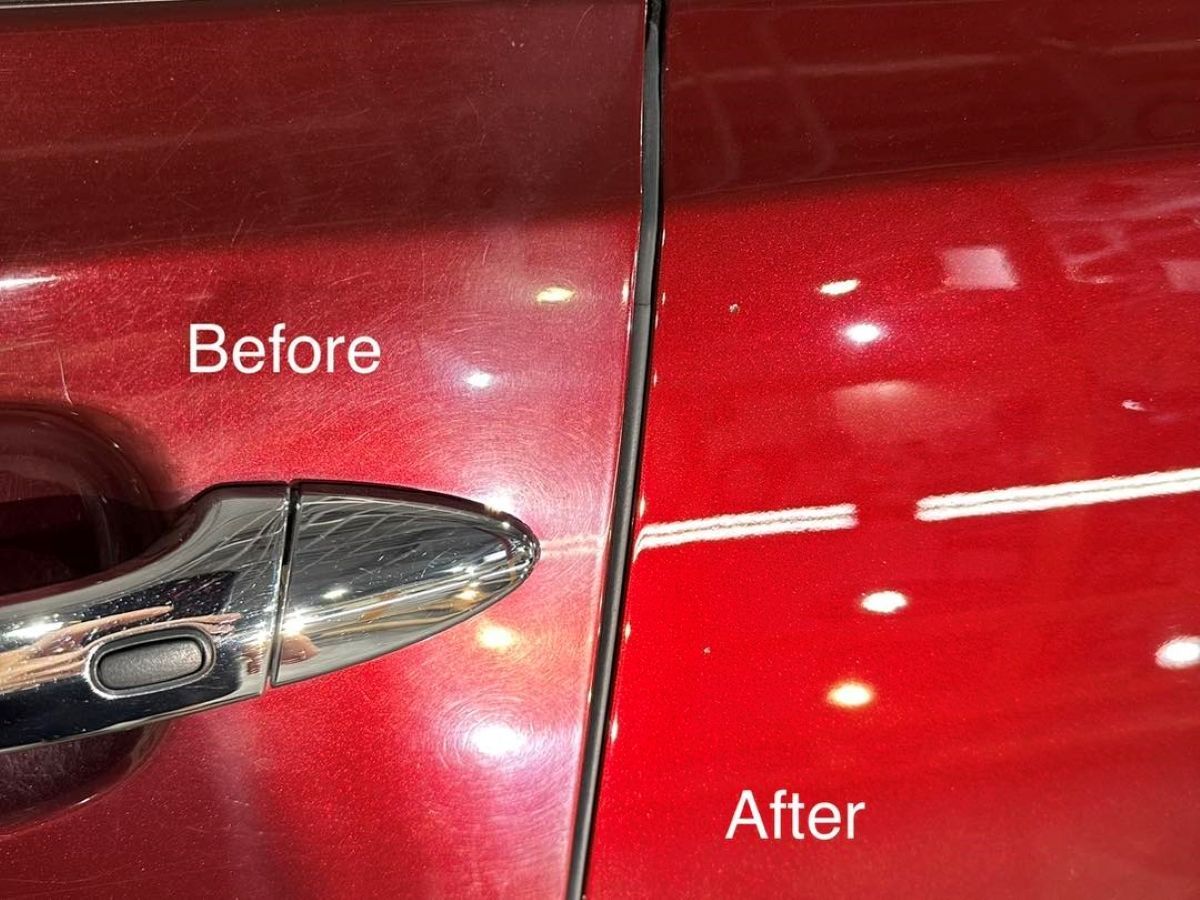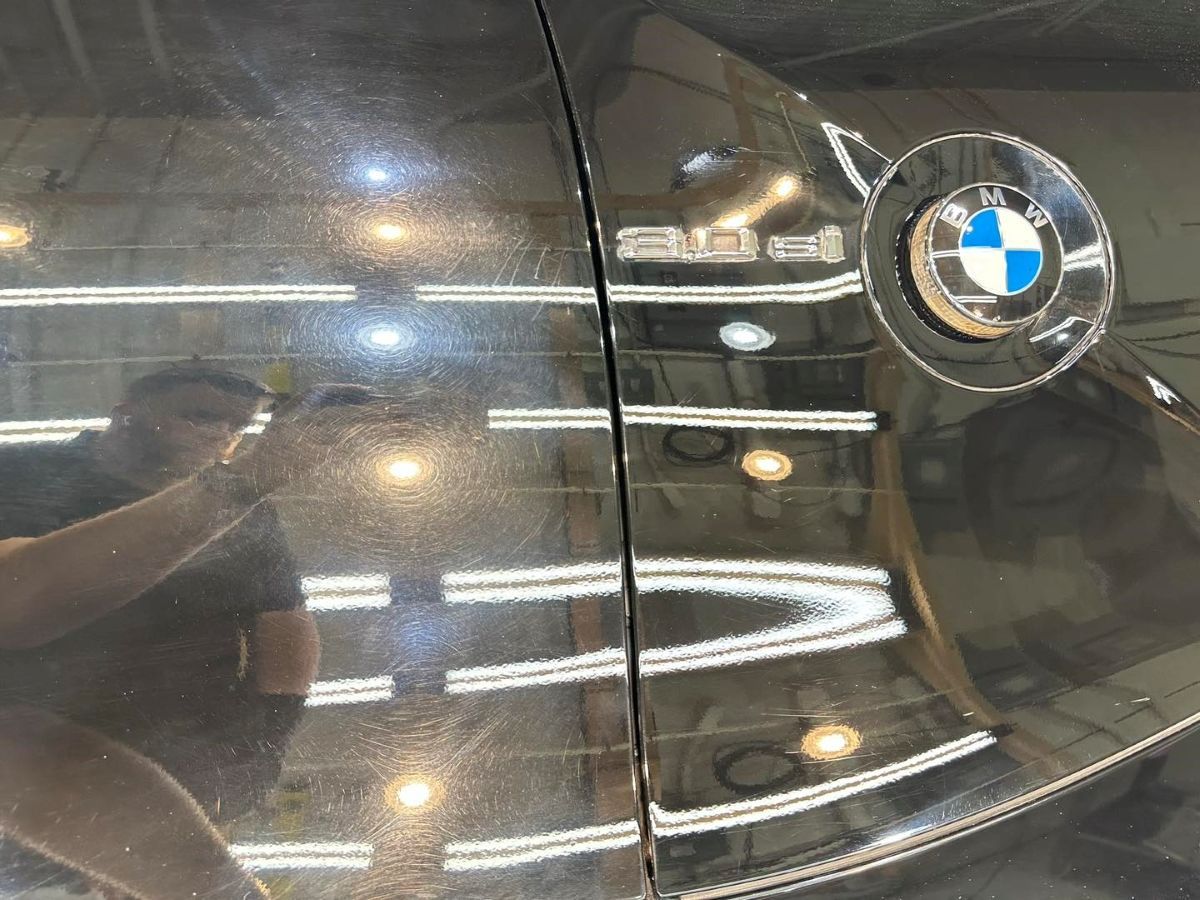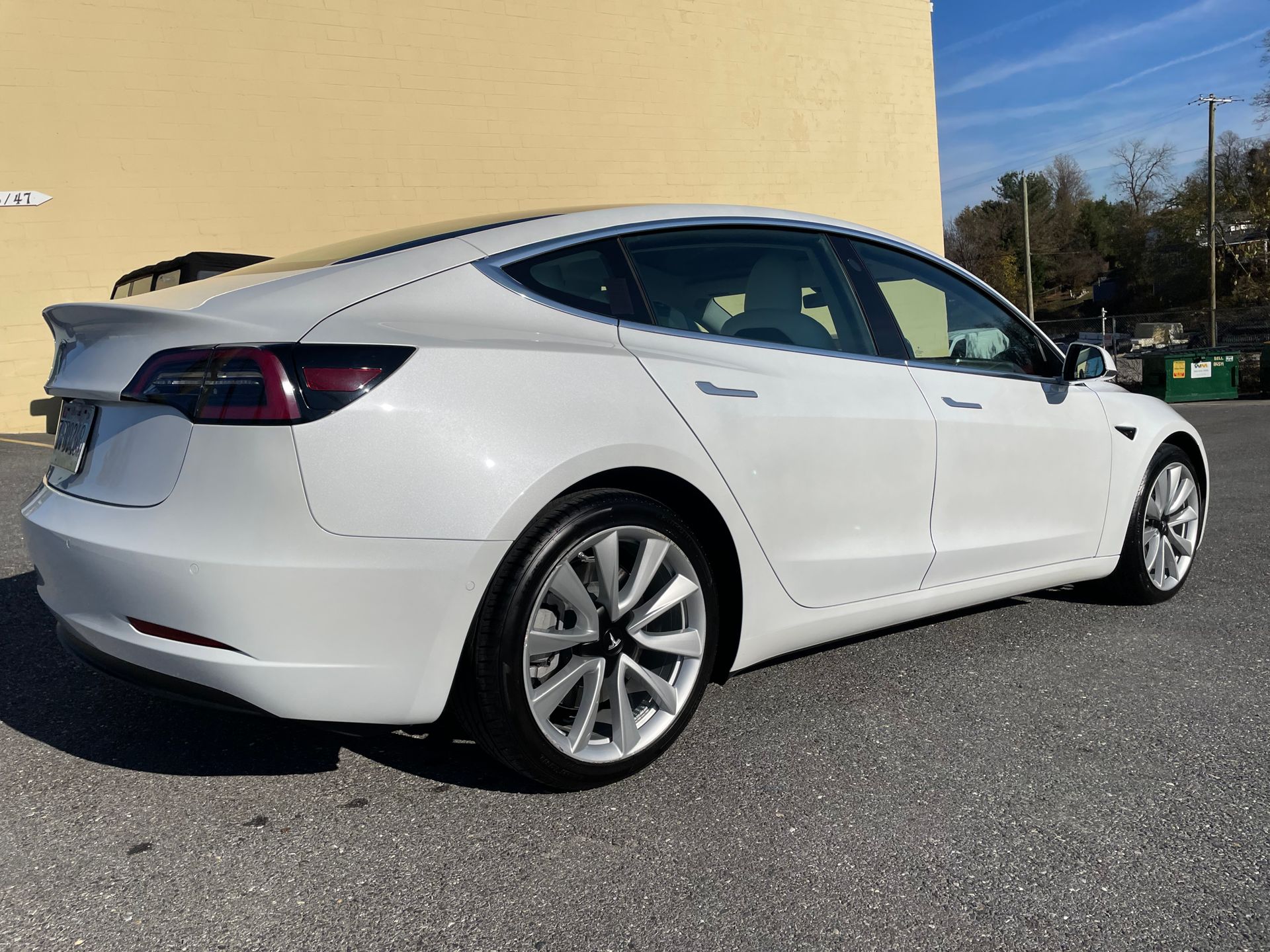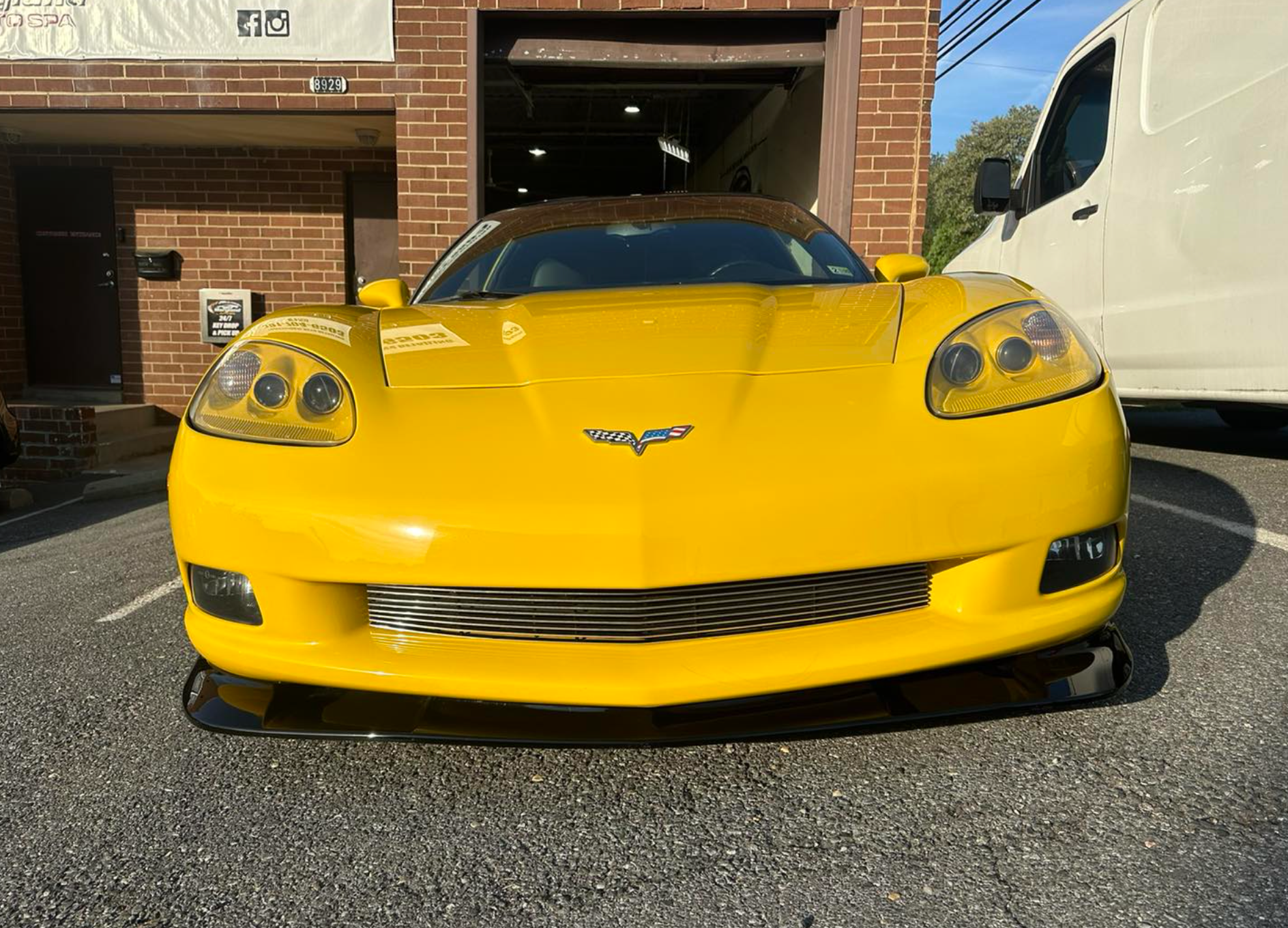Are you striving for the sparkling and flawless look on your vehicle that often only professionals can achieve? The secret is simple, it's all about professional paint correction. Dive deep with us into the art of automotive detailing as we unravel tried-and-true tips and tricks, straight from industry experts. Level up your car care game and make heads turn every time you hit the road!
Forget about those minor blemishes and ugly swirl marks; it’s time to bring back the immaculate shine of your cherished ride. Buckle up as we take a journey through the fascinating world of professional paint correction!

Understanding Paint Correction
Before delving into the step-by-step guide for paint correction, it's crucial to understand what paint correction actually entails. In the world of automotive detailing, paint correction refers to a process that aims to restore the paintwork of a vehicle to its original condition or improve its appearance by removing imperfections like swirl marks, oxidation, and scratches.
Think of it as giving your car's exterior a fresh breath of life. Over time, factors like improper washing techniques, exposure to harsh environmental elements, and general wear and tear can take a toll on your vehicle's paintwork, leaving it looking dull and marred. Paint correction is designed to address these issues and bring back the shine and luster that your car once had.
Understanding the intricacies of various paint types and surface defects and using suitable techniques and products is essential to achieving the desired results during the paint correction process. It requires skill, patience, attention to detail, and using the right combination of tools and materials.
Step-by-Step Paint Correction Guide
Performing a successful paint correction requires careful planning and execution. Here's a step-by-step guide to help you through the process:
- Wash and Decontaminate: Begin by thoroughly washing your vehicle to remove any dirt or debris. Follow it up with a decontamination step using clay bars or iron fallout removers to eliminate bonded contaminants like tar spots or iron particles.
- Assess the Paintwork: Carefully inspect your vehicle's paint using good lighting to identify any imperfections such as swirl marks, scratches, or oxidation. This assessment will serve as a roadmap for your correction process.
- Choose Suitable Tools and Products: Select appropriate polishing pads, compounds, and polishing machines based on the severity of the imperfections. Consider factors such as paint hardness, the depth of defects, and personal experience to make informed choices.
- Test on a Small Area: Before proceeding with full correction, it's essential to test your chosen products and techniques on a small, inconspicuous area. This allows you to assess the results and ensure compatibility without causing any harm.
- Correct the Paint: Using the chosen combination of polish and pad, work in small sections at a time, applying even pressure and overlapping passes. Slowly remove imperfections by carefully refining the surface using appropriate techniques.
- Inspect and Repeat if Necessary: After completing each section, inspect your work under different lighting conditions to evaluate the improvements. If necessary, repeat the correction process until you achieve the desired level of clarity and shine.
- Final Touches:
Once satisfied with the paint correction results, clean all residue from the surface using a microfiber towel or compressed air. Follow up with a sealant or wax to protect the freshly corrected paintwork.
By following this step-by-step guide, you'll be able to tackle paint correction like a pro and breathe new life into your vehicle's appearance. Learn more about the stages of paint correction!
Selection of Equipment and Products
When it comes to professional paint correction in automotive detailing, the selection of equipment and products plays a crucial role in achieving exceptional results. Investing in high-quality tools not only ensures efficiency but also minimizes the risk of damaging the vehicle's paintwork. For instance, a dual-action polisher is a popular choice for its versatility and ability to remove swirls and scratches without causing harm. Additionally, choosing the right polishes, compounds, and pads tailored to the specific needs of the paintwork is essential for achieving optimal results.
Prep Work: Dealing with Swirls
Before diving into the polishing and buffing process, it's essential to address any swirls and blemishes present on the vehicle's surface. These imperfections can significantly impact the final outcome if left unattended. One effective approach is to carefully assess the severity of each blemish, determining whether spot repair or full-panel correction is necessary. The correct tools and techniques should be employed accordingly.
To effectively deal with swirl marks, a technique called "paint depth gauge" can be used to measure the thickness of the paint layer, ensuring that sufficient material is available for the correction process without compromising its integrity.
Additionally, using a quality clay bar or clay mitt combined with a lubricating spray helps remove embedded contaminants from the paint's surface. This step ensures a smooth foundation for subsequent polishing.

Mastering Polishing and Buffing Techniques
When it comes to professional paint correction, mastering polishing and buffing techniques is essential for achieving outstanding results. Polishing is the process of removing imperfections such as swirl marks and oxidation from the surface of the vehicle's paint. Buffing, on the other hand, involves refining the paint by smoothing out any remaining minor imperfections and enhancing its gloss and clarity.
To become proficient in polishing and buffing, it's crucial to understand the different types of compounds and polishes available. Compounds are more aggressive and are used to remove deeper scratches and defects, while polishes are less abrasive and are employed for refining the paint. Selecting the appropriate combination based on the severity of the imperfections will help you achieve optimal results.
Moreover, mastering the correct techniques for machine polishing is vital. Proper pad selection plays a significant role in determining the outcome. Different pads have varying levels of aggressiveness, so choosing the right one will ensure efficient correction without causing further damage. Additionally, understanding machine speed settings, pressure application, and movement patterns is essential for achieving uniform results across the entire painted surface.
For example, when using a rotary polisher, applying too much pressure or moving too slowly can result in heat buildup and burn through the clear coat. Conversely, inadequate pressure or excessive speed may not provide enough cutting power to remove defects effectively. Finding that sweet spot requires practice, experience, and an eye for detail.
Efficiency is key when it comes to polishing and buffing techniques. Working in small sections at a time ensures proper coverage without allowing products to dry before removal. Regularly inspecting your progress under different lighting conditions will help identify any areas that require additional attention.
Maintaining Restored Paint Quality
After investing time and effort into professional paint correction, it's crucial to know how to maintain the restored paint quality for long-lasting results. Protecting the newly corrected surface from further damage not only preserves its appearance but also reduces the need for frequent repolishing.
Regular washing using quality automotive-specific products is a fundamental step in maintaining the paint's integrity. Opt for pH-neutral shampoos and microfiber wash mitts or towels to avoid introducing new scratches or swirl marks. It's also important to dry the vehicle using a soft, lint-free cloth to minimize water spots.
Applying a high-quality wax or sealant provides an additional layer of protection against environmental contaminants and UV rays. These products create a barrier that helps prevent dirt, dust, and pollutants from adhering directly to the paint surface. Regular application of wax or sealant should be part of your maintenance routine.
In addition to regular washing and waxing, consider parking in shaded areas whenever possible to minimize direct sunlight exposure. Using a car cover can provide extra protection if you leave the vehicle parked for an extended period of time. Additionally, avoiding harsh chemicals or abrasive cleaners when spot-cleaning will help preserve the paint's glossy finish.
Taking these precautions and developing a consistent maintenance routine will significantly extend the life of your restored paintwork, allowing you to enjoy its pristine appearance for years to come.
Drive in Elegance: Maryland Auto Spa's Expertise in Precision Paint Correction
If you are looking for professional paint correction, experience the unparalleled transformation of your vehicle with Maryland Auto Spa's professional paint correction services. We emphasize the importance of quality equipment and products in the paint correction process. Elevate your car care game by investing in high-quality tools, such as dual-action polishers, and choosing the right polishes, compounds, and pads tailored to your vehicle's specific needs.
We understand that paint correction is not just a process; it's an art. Our skilled technicians use the latest techniques and high-quality products to restore your vehicle's paintwork to its original glory. Trust us to bring back the luster that time and the elements may have taken away.
Choose Maryland Auto Spa for automotive detailing excellence, and let your vehicle turn heads on every road. Visit our website to explore our range of services and schedule your paint correction appointment. Elevate your car care game with Maryland Auto Spa and make heads turn on every road you travel.




